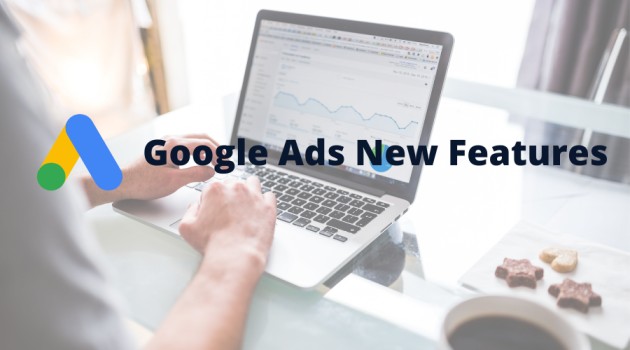Preparing for Google Ads’ New Features: Tips for Your Campaigns

As the PPC industry matures, it becomes increasingly difficult to discover new options for managing your SEM campaigns and staying on top of the current trends that will help you achieve a higher ROAS. Google adds more automation and sophistication to its ad offerings, such as Google Ads services, every year. While it can aid with day-to-day campaign administration, it comes at the expense of readability and campaign control.
You must keep control over your campaigns and plans as a marketer. Google’s optimizations may not always in your best interests, and they may not always know or understand your business context. Using a campaign optimization tool like SEISO could be one approach. It allows you to collate information regarding your campaigns while ensuring control over the final choice.
You must be able to do new things in 2021 to succeed: integrate more data, maintain control over automatic Google optimization, and compete against growing competition, but you will not have extra time to do so. Let’s have a look at the five new essential acts regarding the google ads new feature you need to pay attention to:
Prefer Google Over All
Google prefers campaign consistency. The better the performance of your keywords, the better the performance of your campaign in the long run. The infamous single keyword ad groups strategy (SKAGs) that was popular a few years ago was based on this logic. Honestly, it was a complete disaster. Fortunately, Google recently released a couple of changes that rendered SKAGs obsolete: match type update and close variants. Therefore, if consistency is important, yet SKAGs are excessive, what should we do? We must use common sense, as is typically the case in marketing. The user’s goal should be the North Star around which you organize your keywords in this case.
Users that came to your site after searching for your brand’s name are more likely to convert and buy. To begin, all search terms related to your brand should be gathered together because they provide the highest return on investment. To improve results, you must visualize and quantify the areas where you may improve things and attract new clients, among other things. The key is to keep your account’s structure independent. This can be a lengthy and perplexing process. Using insight tools like the Google ads management analyzer report to help you understand your current campaigns is a good place to start.
Rank Yourself at the Top of Search Results
Yes, most of you are probably aware that this section will be about remarketing in searches. It will provide you a really fascinating picture throughout the period, allowing your ads to display higher on the Google search network than competitors’ ads. Simply choose the ideal target audience and change your bid accordingly, and you’ll be in a better position than your competition.
Make the Most of Your Assets
Advertisers frequently believe that in order to improve sales, they must purchase fresh keywords. While this is true, ensuring you have the greatest market share on the keywords for which you are the most profitable is just as crucial. The easiest method to ensure you don’t miss out on any opportunities is to keep an eye on your ‘Impression Share’ on Google ads new feature SERPs. Missed opportunities on searches connected to the terms you choose to bid on are represented as lost impressions. You should concentrate on the top ten campaigns, check for your competitors’ market shares, and keep a tight eye on when you aren’t being shown.
Spend Wisely Rather than Recklessly
Google is quickly catching up to sites such as Facebook in terms of a holistic user-centric approach. Your budget should be set not only for keywords or placement levels, but also for user profiles. Users’ declarative information, such as when and where they are online, as well as Google Ads services shared data and inferred data from previous search queries, are all used to collect data. Make bid changes or modifications to your most important and valued audiences and criteria to take user profiles into consideration. It’s critical to include socio-demographics, time of day, day of week, region, devices, and more as audience dimensions in your ads.
Also Read: Ways to Increase E-Commerce Conversions

